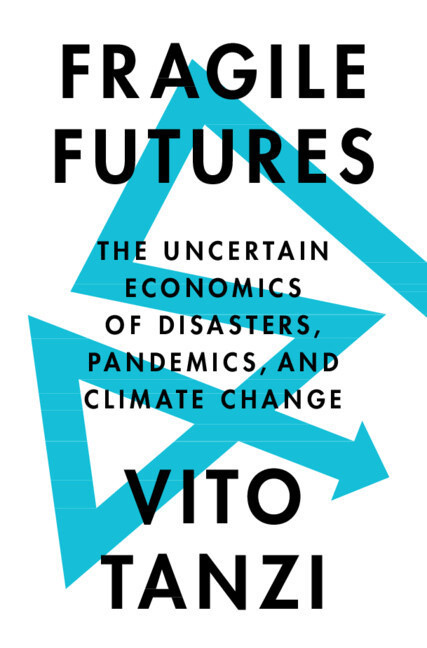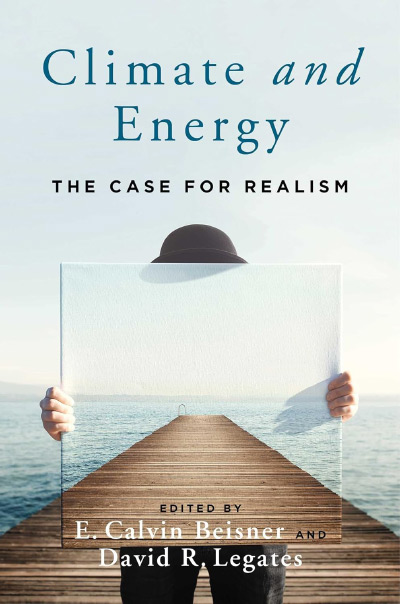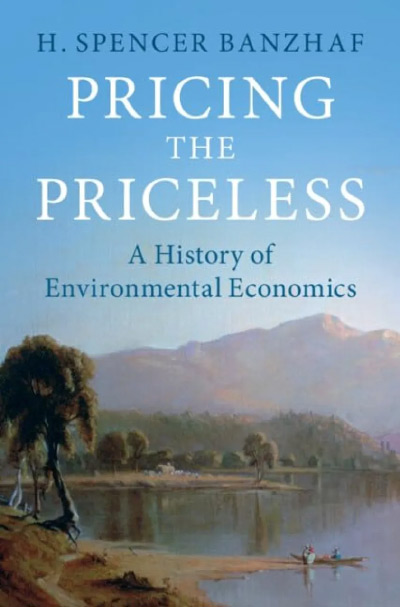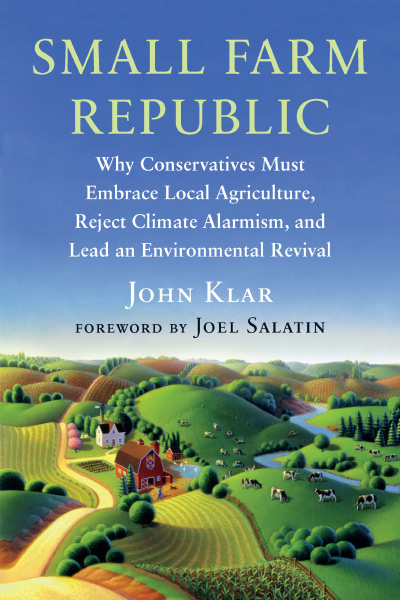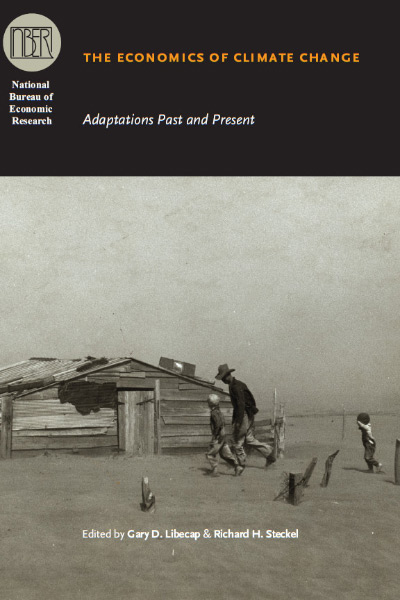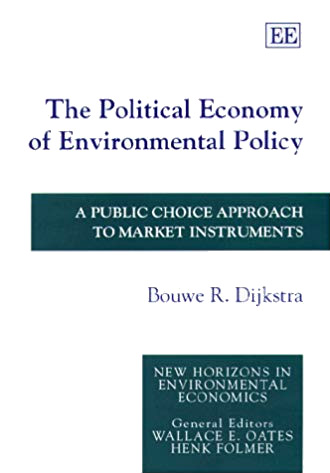The announced “aim of this book is mainly to call attention to the very limited role that governments have played in the past in dealing with exceptional situations, situations that may have involved pandemics and other major disasters” (p. 9). It affirms that “when everything else fails, government has to play the maximum role that it is capable of playing, because it remains the ultimate risk manager” (p. 73), argues that “governments should no longer just push for economic growth” (p. 219), and urges an increase in “fiscal space” so that governments can deal with these crises—including by increasing taxes on the wealthy during emergencies.
One does not “call attention to the very limited role that governments have played in the past” for the mere sake of recounting history. The point is to prime the reader to accept the extreme assertion that “government has to play the maximum role that it is capable of playing” because “everything else” has failed. The suggestion that currently governments’ sole function is to “push economic growth,” demonstrates that Vito Tanzi isn’t just tone deaf when it comes to what government should do (apparently, anything and everything as long as there’s a crisis), but he is also blind to what government already does. How can one possibly suggest that governments “just push growth,” in a world where the majority of government spending in so many democracies is for redistribution, which often retards economic growth?
Whether or not you agree with Tanzi’s agenda in Fragile Futures, you will find much that is insightful and interesting, but also much that is hastily written, unsupported, and factually questionable—along with gaping omissions. The key insight, as I see it, is his argument that we would be better off if governments had more “fiscal space” to deal with genuine crises. However, it might work far better if governments reined in their budget deficits and debt during normal times—thereby increasing their capacity to borrow during an emergency—rather than simply increasing taxes and soaking those who have prudently built their wealth and prepared for the stormy day.
I’ll begin with what may be the most frightening omission: the term “moral hazard” is found only once in Fragile Futures—in a passage describing the history of probability and risk concepts. Moral hazard—the incentive to take on more risk when one does not bear the full costs of that risk—is never once examined when describing how people respond when government steps in as “the ultimate risk manager.” Perhaps his key factually questionable proposition is a lynchpin to his entire argument—the implication that the world is getting more dangerous, so we need governments to do more to save our hides. And then there’s the mindset that governments “should push for the right kind of growth. That kind of growth is not likely to be produced spontaneously, through uncoordinated individual and natural government actions, as it has been in the past” (p. 219). We are left without a clear explanation of how and why decentralized self-interested people will lose these abilities, which have lifted most of the world from abject poverty to historically unprecedented standards of living in the past couple centuries.
Here are some examples of hasty writing and factual problems that relentlessly erode the author’s authority. This list could easily be multiplied.
- In “the United States, ‘where all men are born equal,’ slavery was allowed” (p. 54). Ponder the differences in meaning between men being “born equal” and “created equal [and] endowed by their Creator with certain unalienable Rights.”
- Tanzi explains that the United Nations defines a famine occurring when “at least 20 percent of the households in an area face extreme food shortage ... Acute malnutrition in children exceeds 30 percent ... and the death rate exceeds two people per 10,000 per day” (p. 59). Then he examines several historical famines, including “the ‘Dust Bowl’ and the Great Depression” in the United States. The problem is that the Dust Bowl—which he oddly says, “may have been clearly the first government-made environmental crisis” (p. 65)—doesn’t appear to meet any of the criteria for a famine. (Nor does the Great Depression.) The two pages on the Dust Bowl contain not a single citation, although capable overviews of it are readily available, such as this one in the EH.Net Encyclopedia of economic history. Later in this chapter, he attributes twentieth-century famines in Russia and China to “economically naïve political experiments” (p. 69)—a phrase that might either make you wince or make your blood boil. And then there’s the problem of equating all of the Soviet Union with Russia—especially in the case of the Ukrainian Holodomor. Finally, this chapter concludes with a statement that “the amount of fish that the seas provide has been falling because of overfishing ... and other factors” (p. 76). I’m sympathetic to worries that the tragedy of the commons needs to be solved in the world’s oceans, but official estimates by the Food and Agricultural Organization show that tonnage of production from marine fisheries continues to rise—although captured fish production has plateaued, aquaculture has grown substantially.
- The chapter on natural disasters gives the reader the distinct impression that the world is getting more dangerous. Curiously, it omits numerical estimates of global trends, such as those found in Steven Pinker’s 2018, Enlightenment Now: The Case for Reason, Science, Humanism, and Progress (New York: Viking) and Steven Koonin’s 2021, Unsettled? What Climate Science Tells Us, What It Doesn’t, and Why It Matters (Dallas: BenBella Books), which show a collapse in natural disaster and climate-related deaths in the past century.
- In a chapter on concerns about climate change, Tanzi—who believes that “total decarbonization” of the world’s economy “is technically feasible at very low cost” (p. 161)—states that the “World Health Organization has estimated that between 1998 and 2017, more than 166,000 people were killed by excessive heat” (p. 147). The number may well be higher, but there is no mention that deaths from excessive cold are about nine times more common and that deaths from extreme temperatures are trending downward.
- Tanzi, again without a citation, off-handedly states that “if the ice of the glaciers should fully melt, it would raise the sea level by hundreds of meters” (p. 189). There is this thing called the internet. Simply putting “how much would the sea level rise if all the ice melted” into a search engine brings one to authoritative sites that estimate the sea level would rise around 70 meters (about 230 feet) if all the earth’s glaciers and ice caps were to melt. Although, despite all the alarm bells, the Intergovernmental Panel on Climate Change estimates that sea levels will rise less than one meter by the end of century.
- In another spot, he discusses the real problem of declining wild megafauna populations and adds “Just think of what happened to the bison and the buffaloes in the America Midwest” (p. 184 – 85). Of course, the “bison” and “buffaloes” are one in the same—and their habitat was mainly in the prairies rather than the Midwest.
I mentioned to a friend that I wish I could write my book reviews more quickly. He replied: “You probably read the books first. BIG mistake.” It’s an even bigger mistake when authors are not well read on the issues they grapple with in the books they have written.
| Other Independent Review articles by Robert M. Whaples | ||
| Spring 2025 | Millennials, Gen Zs, Capitalism, Socialism, and Confusion | |
| Spring 2025 | Not Stolen: The Truth about European Colonialism in the New World | |
| Spring 2025 | Green Breakdown: The Coming Renewable Energy Failure | |
| [View All (106)] | ||



